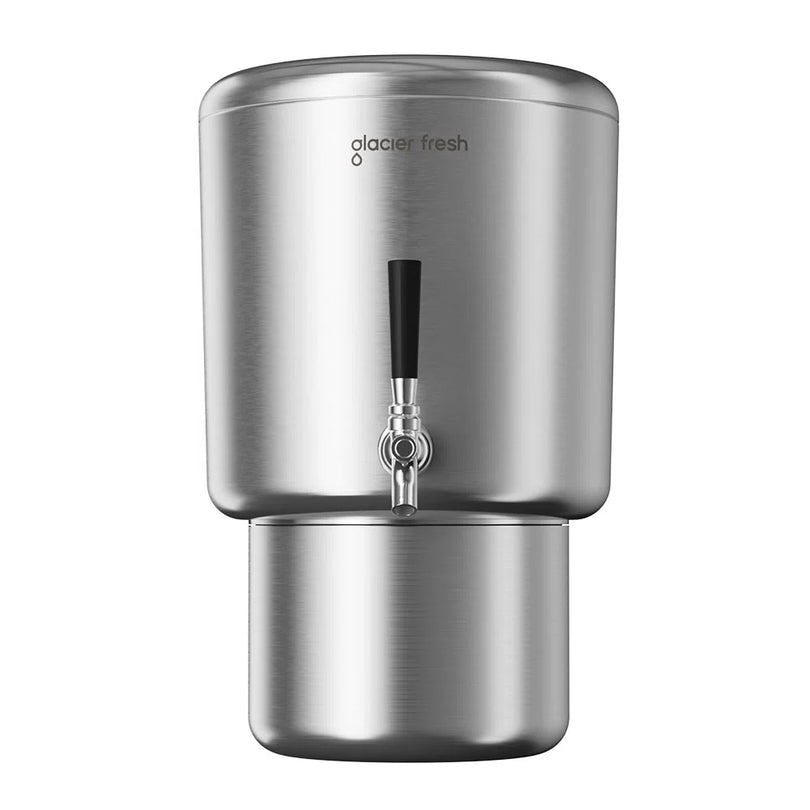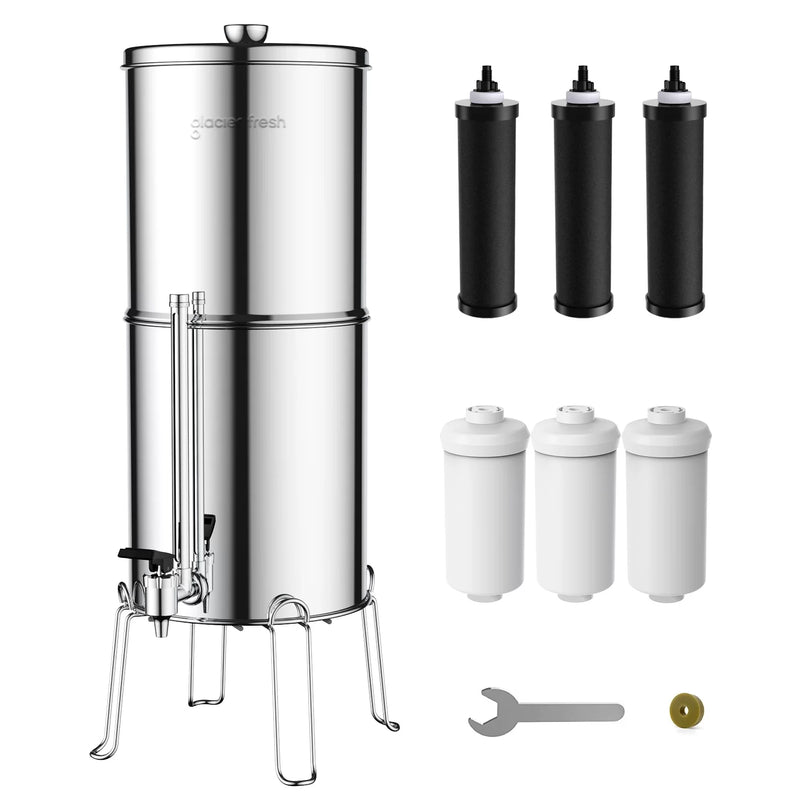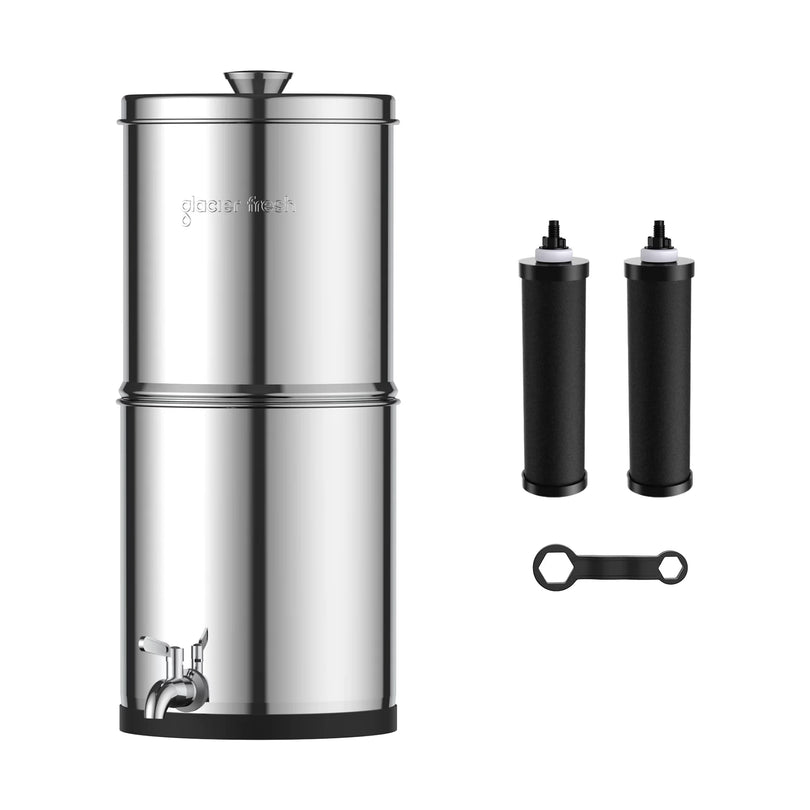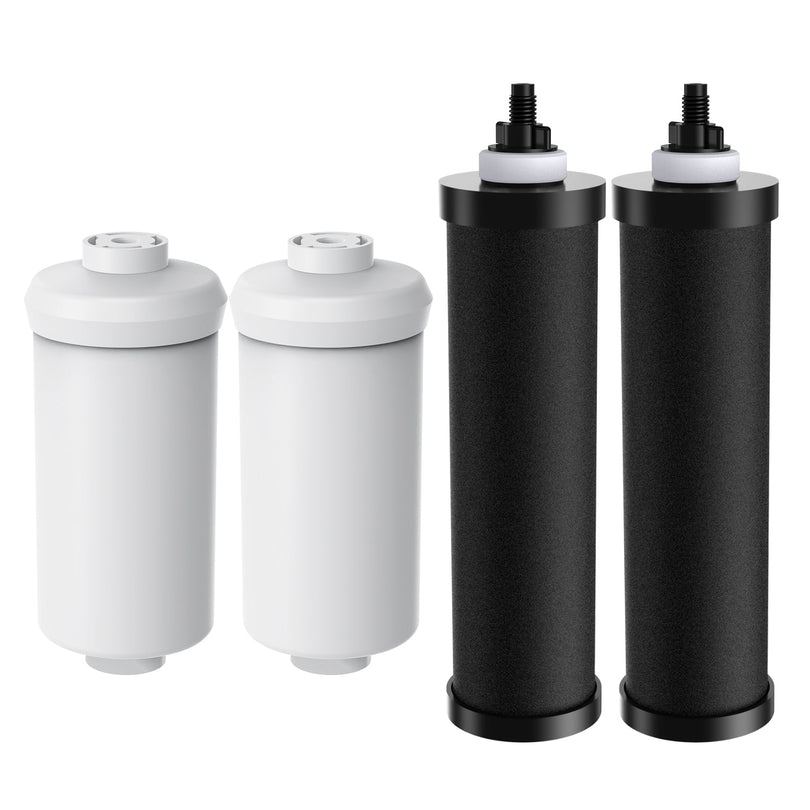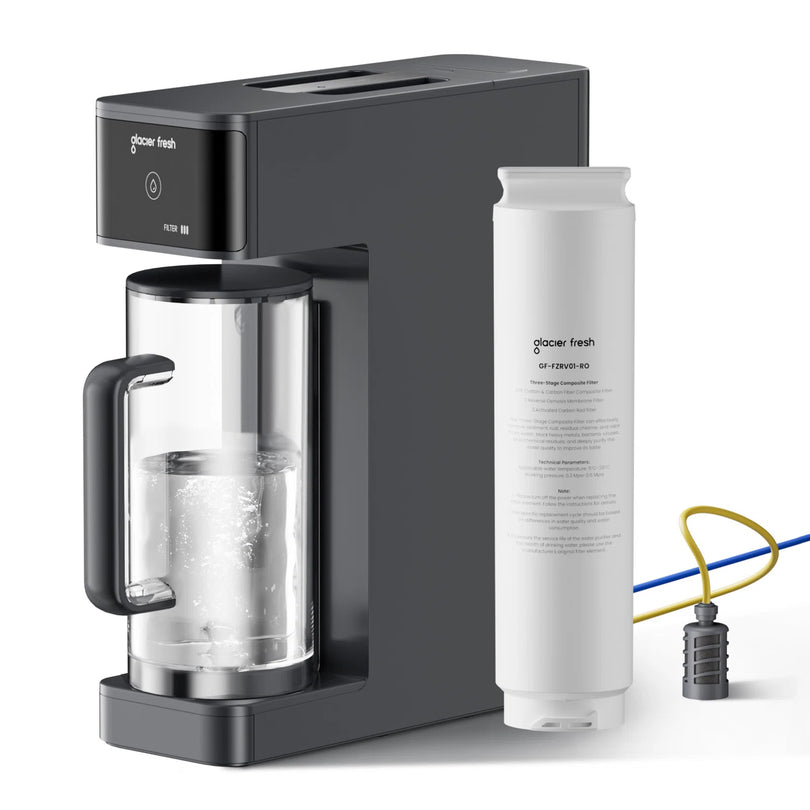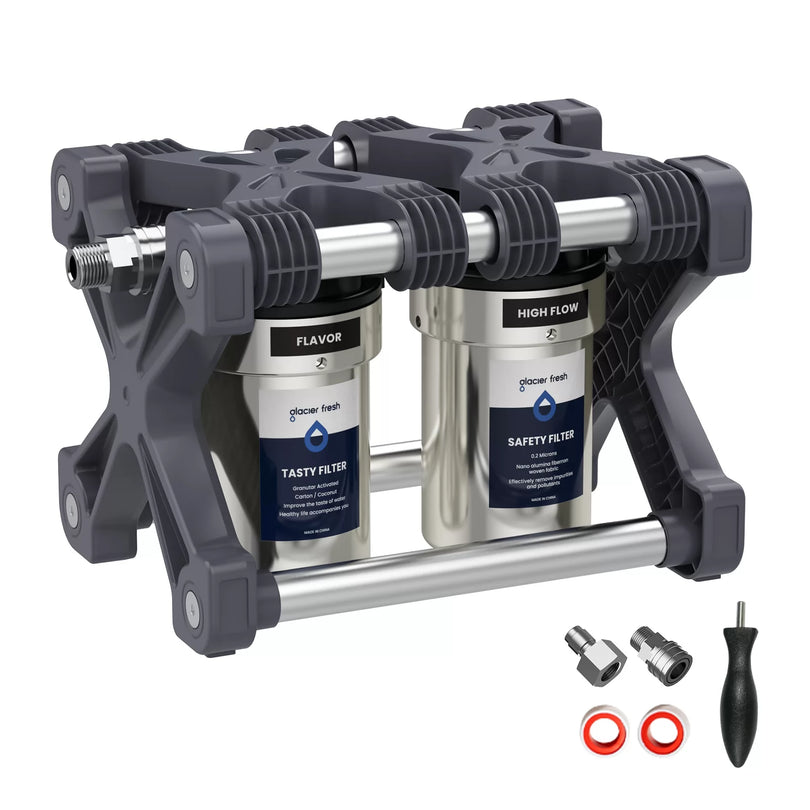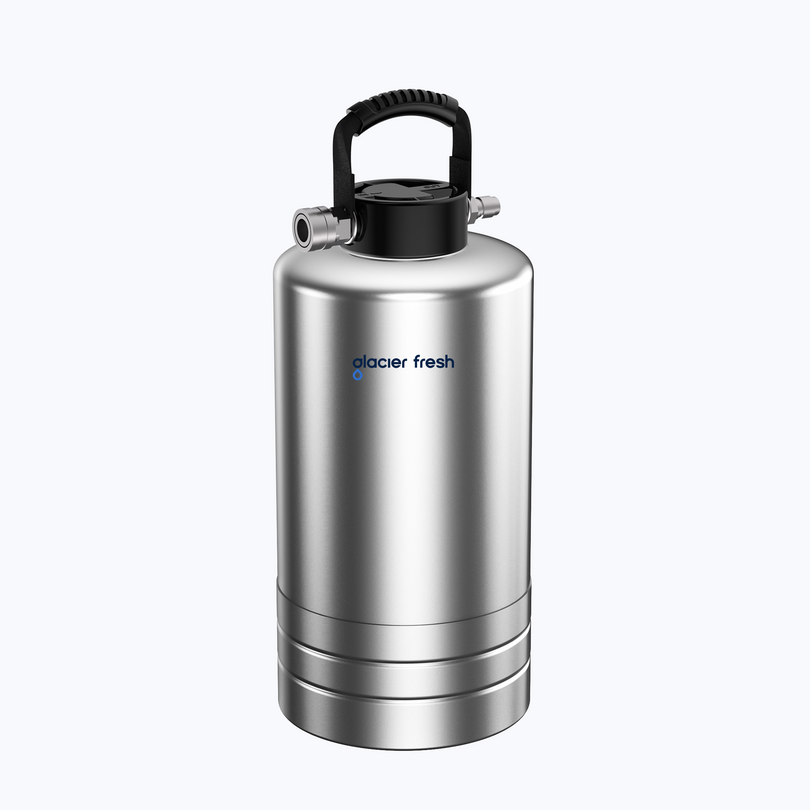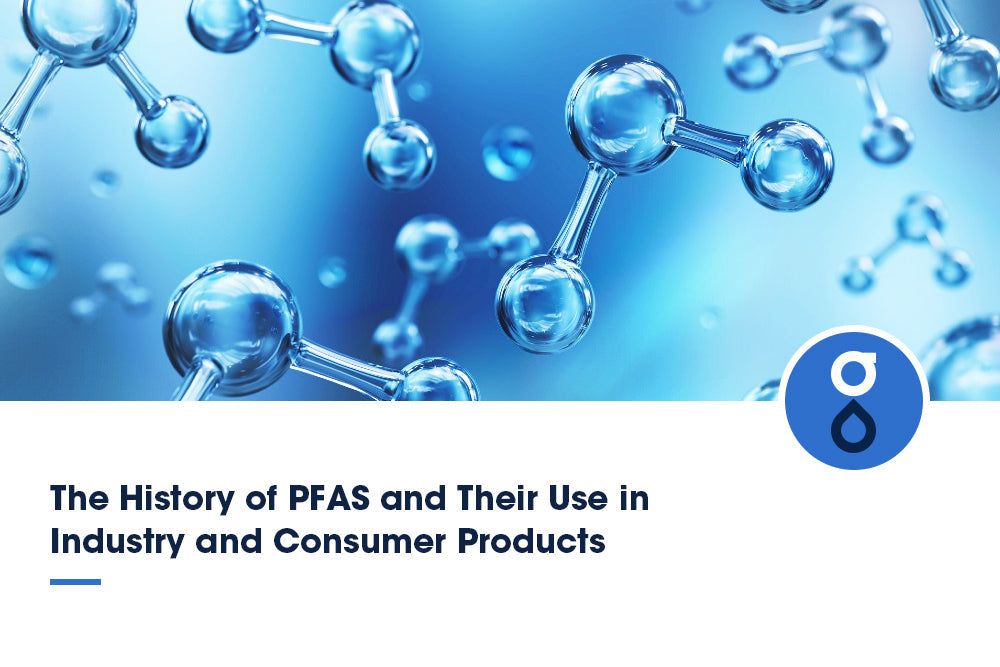Table of Contents:
The composition of soda water
The role of carbon dioxide in carbonation
The importance of pressure in soda water production
The process of carbonation
Factors affecting carbonation levels
The science behind bubbles in soda
FAQs
Conclusion
Ever wondered what's behind that refreshing fizz in your soda water? It's all about the science of carbonation. This process, which gives your favorite beverages their bubbly kick, is much more than adding gas to water. It involves a delicate balance of carbon dioxide, pressure, and temperature, among other factors.
In this article, you'll unravel the mystery of carbonation and understand what's behind those tiny bubbles that dance on your tongue. We'll dive into the composition of soda water, explore the role of carbon dioxide, and explain the importance of pressure in its production.
By the end, you'll be a soda water whiz, knowing all about the carbonation process and the factors that affect its levels. So, ready to pop the top on this fizzy phenomenon? Let's explore the science behind soda water production.
The composition of soda water

Contrary to what you'd imagine, soda water's composition isn't all that complex; it's primarily water and carbon dioxide. Yet, the intricate interplay of these elements under pressure creates the fizz we love. This process, known as carbonation, gives soda water its characteristic effervescence and tangy taste.
Let's delve deeper into the details. Beyond water and carbon dioxide, soda water usually contains some mineral content like salts and sulfur compounds. These minerals contribute to the unique taste and play a role in the health implications of soda water. For instance, sodium and other minerals can slightly increase your intake of essential nutrients.
The mineral content also affects the flavor profiles of soda water. Some brands deliberately add minerals to enhance the taste, while others focus on the purity of the water and carbonation. This results in various flavor profiles, from mildly salty or sour to more complex, bitter, or sweet notes.
So, next time you take a swig of your favorite soda water, remember the fascinating science and the subtle artistry that goes into its creation. It's not just a simple fizzy drink; it's a marvel of chemistry and flavor science!
The role of carbon dioxide in carbonation

You've probably noticed that fizzy kick in your drink. That's all thanks to carbon dioxide's vital role in carbonation. When soda water is made, carbon dioxide or CO2 is forced into water under high pressure, a process called carbonation. Let's delve a bit into the science behind it.
One crucial aspect is CO2's solubility. The gas can dissolve in water, creating a fizzy sensation you love. Though, it's not just about fizziness. When CO2 dissolves, it reacts with water to form carbonic acid. This formation is what gives soda water its slightly acidic taste.
Now, you may be pondering about health implications. While excessive consumption can lead to potential health risks like tooth erosion due to acidity, moderate consumption is generally safe. Plus, the amount of CO2 in your drink is typically minimal, so there's no need to worry.
The importance of pressure in soda water production
Ever wondered how your favorite fizzy drink gets its bubbles? It's all about the pressure! The process used to give soda water its bubbles is called carbonation, which involves a lot more than just adding carbon dioxide. Pressure regulation plays a vital role in the carbonation process.
In enclosed systems, like those used in industrial applications, the carbon dioxide gas is forced into the water under high pressure. This pressure forces the gas to dissolve into the water, creating a fizzy effect when the pressure is released.
The precise pressure in the carbonation process can significantly affect the result. Too much pressure and the drink can become overly fizzy and potentially dangerous. Too little pressure and the drink may not be fizzy enough. Thus, careful pressure regulation is crucial in the production of soda water.
So next time you enjoy a fizzy drink, remember the science that goes into each bubble. Behind every refreshing taste, a complex process involves pressure regulation, enclosed systems, and industrial applications. It's not just about adding carbon dioxide; it's about how you add it.
The process of carbonation
So, let's dive right into the bubbly world of carbonation, shall we? Carbonation history dates back to the 18th century when Englishman Joseph Priestley discovered a method to infuse water with carbon dioxide. He found that not only did this process create a fizzy beverage, but it also had a refreshing taste that was quickly popularized.
Now, onto the health implications. You might have heard that carbonated water can harm your dental health due to its acidity. However, if you're not guzzling it down non-stop, a glass or two a day will not likely cause any real damage. It can aid digestion and even provide a feeling of fullness, potentially helping with weight management.
Industrial application of carbonation is widespread. Besides making soda water and other fizzy drinks, it's used in the food industry to preserve certain products like bread and beer and their distinctive textures. So there you have it. From a historical perspective, carbonation is more than just a way to make your drink fizzy due to its potential health benefits and industrial uses. It's a science, a taste, and a sensation all rolled into one!
Factors affecting carbonation levels
Temperature and pressure

Did you know that the pressure and temperature of soda water play a fascinating role in determining its carbonation levels? When soda water is under high pressure, such as in a sealed bottle or can, the carbon dioxide gas is forced to dissolve into the water, resulting in a highly carbonated beverage.
On the other hand, when soda water is exposed to lower pressure, such as when a bottle is opened, the carbon dioxide gas is released as bubbles, leading to a less carbonated drink. Similarly, temperature also affects carbonation levels. Cold temperatures help retain more carbon dioxide, resulting in fizzier soda water. In contrast, warmer temperatures cause the carbon dioxide to escape more quickly, resulting in a less carbonated drink.
Carbon dioxide content
One key factor that plays a role in the fizziness of soda is the amount of carbon dioxide it contains. Carbon dioxide (CO2) is the gas that creates bubbles in soda water. The higher the carbon dioxide content, the more bubbles are formed, resulting in a fizzier drink.
The carbon dioxide is dissolved in the water under pressure, and when the pressure is released, the gas escapes and forms bubbles. The carbon dioxide content in soda water can be affected by various factors, such as the amount of CO2 added during production, the temperature of the water, and the pressure at which the soda is stored.
Mixing and agitation
Mix and agitate vigorously to make your soda fizzier and more exciting to create an explosion of bubbly delight. Mixing and agitation are crucial in affecting the carbonation levels of soda water. When you mix the soda, you introduce air into the liquid, allowing the carbon dioxide to escape more easily, decreasing carbonation.
Conversely, agitation causes the carbon dioxide bubbles to collide and break up, increasing the surface area for gas exchange and enhancing carbonation. The more you agitate the soda, the more carbon dioxide will be released, creating a fizzier and more effervescent drink. Therefore, if you want your soda water to be extra fizzy, mix it well and agitate it vigorously before enjoying its refreshing bubbles.
Bottle or can design
The bottle's design can significantly impact your soda's fizziness and excitement. The shape and material of the container can affect the carbonation levels in several ways. For example, a bottle with a narrow neck can help retain more carbon dioxide, keeping the soda fizzy for longer.
On the other hand, cans with a higher pressure resistance can hold carbonation better, resulting in a more exciting and effervescent drink. Additionally, the material used in the construction of the container can play a role. Glass bottles, for instance, are less porous than plastic bottles, reducing the risk of carbonation loss.
Storage and shelf life
Maximize the enjoyment of your fizzy drink by considering the proper storage techniques and shelf life. Storage conditions play a crucial role in maintaining carbonation levels in soda water. Storing soda water in a cool and dry place away from direct sunlight and heat sources is recommended to preserve the fizziness. Exposure to heat can accelerate the release of carbon dioxide, leading to a loss of carbonation.
Additionally, it is essential to seal the bottle or can tightly after each use to prevent the escape of carbon dioxide. Shelf life also affects carbonation levels, with soda water typically retaining its fizziness for a few months. However, carbonation can decline over time, resulting in a less carbonated drink. Therefore, consuming soda water within the recommended shelf life is best for optimal carbonation levels.
The science behind bubbles in soda
When you crack open a cold can of your favorite fizzy drink, have you ever wondered why those tiny bubbles rush to the surface? It's all down to a process called bubble formation. When the can is sealed, the carbon dioxide gas is under pressure. But the pressure drops once you pop the tab, causing the gas to escape as bubbles.
The science behind this is fascinating. The bubbles form due to a change in pressure and temperature, and their survival is a delicate dance of surface tension and bubble longevity.
The liquid's surface tension, which measures how difficult it is to stretch or break the surface of a liquid, tries to minimize itself by forming the smallest possible surface area - a sphere. That's why bubbles are round! As for their longevity, it's a test of balance. The pressure inside the bubble must be greater than the outside pressure to stay formed. If the pressure falls, the bubble collapses.
FAQs
How long does it take for soda water to lose its carbonation once the bottle is opened?
Once you pop open your soda water, the carbonation process reverses. How quickly it loses fizz depends largely on storage conditions and the bottle design. If you cap it tightly and store it in a cool place, it can retain its bubbles for a few days. But if left uncapped or in a warm spot, it'll go flat in hours. So, enjoy your carbonated drink while it's still fizzy!
Are there different types of soda water based on the level of carbonation?
Yes, there are different types of soda water, each with varying carbonation levels. Carbonation methods and equipment greatly influence the fizziness of soda water. For example, some types are lightly carbonated for delicate cocktails, while others are highly carbonated for a zesty kick. The use of soda water also varies, ranging from culinary applications to beverage mixers. So whether you prefer a gentle fizz or a robust sparkle, there's soda water for you.
Conclusion
So, you've uncovered the science behind soda water production. You now understand how carbon dioxide, pressure, and carbonation play vital roles. You've learned that the fizziness is due to carbonation levels. You've also discovered the science behind the bubbles. Remember, it's not just a simple drink; it's a scientific marvel in a bottle! Follow Glacier Fresh to find more information about soda water!





